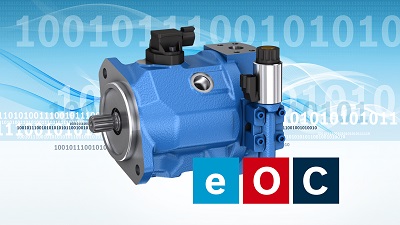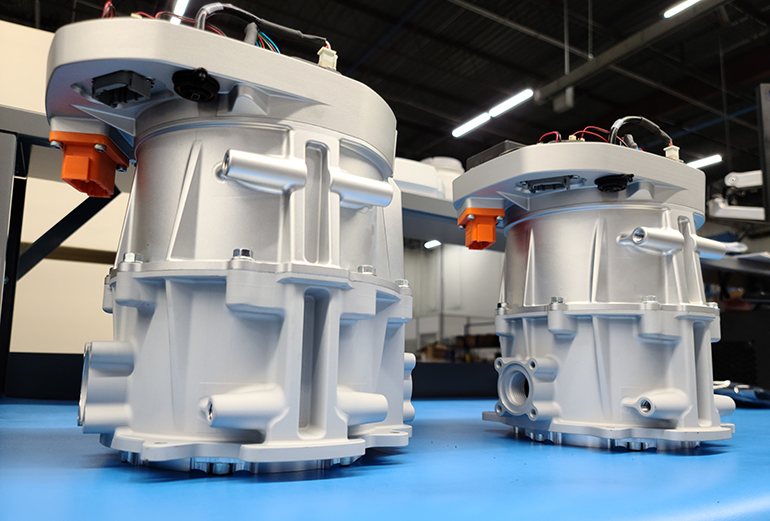By Josh Cosford, Contributing Editor
Before I begin, let me preface this article with my definition of “electrified.” It’s rarer to find a hydraulic machine with no electrical or electronic components, so electrified might be redundant. In this case, I’m discussing the motion control and automation side of hydraulics, where the electric more is more than a prime mover, and sophisticated electronic control leads to advanced execution of motion control concepts.

The most advanced motion control applications emphasize power, performance and efficiency. As such, not every pump offers the muster to appropriately perform for these extreme applications. External gear pumps, low-end vane pumps and economically-focused piston pumps (think machine tool industry) are just not up to snuff. Their mechanical and volumetric efficiencies are poorly suited for motion control, and inherent static friction prevents the angular acceleration and frequency response needed to accelerate loads with vigor.
There are two modern pump configurations that have risen to prominence, both of which work well when paired with either an inverter-duty induction motor or asynchronous AC servo motor. An electrohydraulically-controlled pump with closed loop feedback from swashplate angle and pressure transducers provide an efficient and responsive method to provide downstream actuators with precise doses of fluid power energy while wasting very little to excess leakage and friction.

The above example employs closed-loop PLC control to provide only the pressure and flow enough to achieve the desired force and velocity the cylinders and motors require. Using closed loop feedback, the electric motor may vary its speed infinitely to achieve the desired output without spinning at an excessive speed dictated by the alternating current frequency (i.e., 60 Hz) of the local electrical grid. The system can adjust speed in fractions of a second, and even turn fractional rpm to hold a load in place while accommodating only for leakage.
Axial piston pumps provide the most suitable pump design for the above application, not only because of their responsive nature, but also for the advanced control options possible with this pump design. High-response proportional valves operate the control piston much like a hydraulic cylinder to provide the fastest and most precise possible response, which is confirmed partially by an LVDT to measure swashplate angle.
Using similar closed-loop electronic control, fixed-displacement pumps may perform even better in some cases. The lower inertia and lack of swashplate provides quicker response, while when attached to a servomotor provide accurate pressure and flow using only downstream pressure transducers. The internal gear pump provides an excellent, highly efficient option for such systems. You’d be surprised to learn even a fixed-displacement pump can mimic a variable-displacement, load-sensing pump using these sophisticated controls.

A fixed-displacement pump in such an application can actually control pressure even in the absence of pressure valves installed in the system. The PLC simply controls speed dynamically to match the desired actuator force and velocity, and even has load sensing capacity using electronics rather than daisy-chained check or shuttle valves. Such a system may even hold motor loads stationary simply by providing milliliters of flow to compensate for leakage.
The downside to such vast performance, of course, is cost. Such advanced pump systems are expensive and required highly skilled engineers to setup and tune. However, advanced motion control puts performance first, which is why all the major fluid power players are creating their own versions of these control systems.
Filed Under: Components Oil Coolers, Engineering Basics, Mobile Hydraulic Tips, Pumps & Motors, Trending